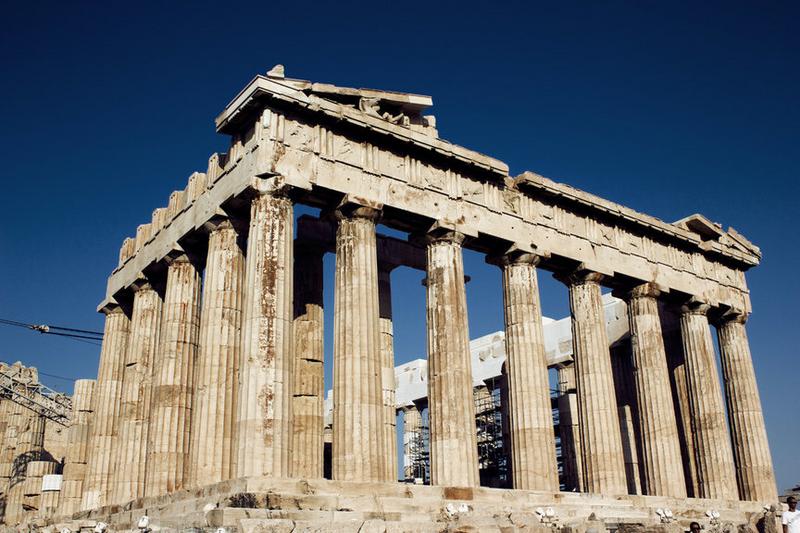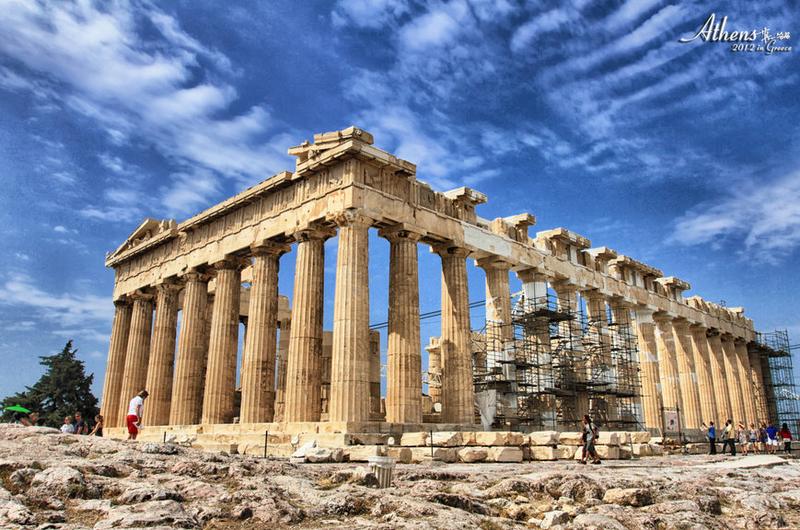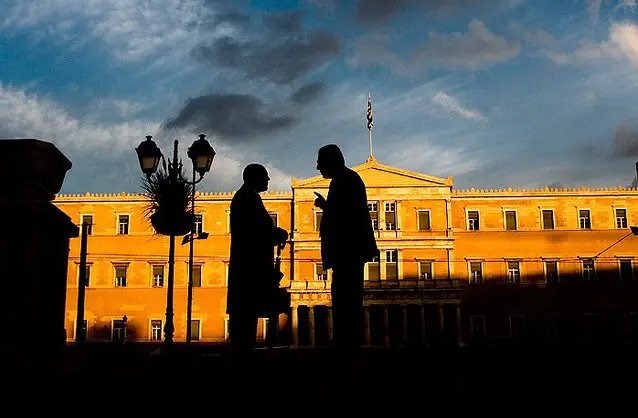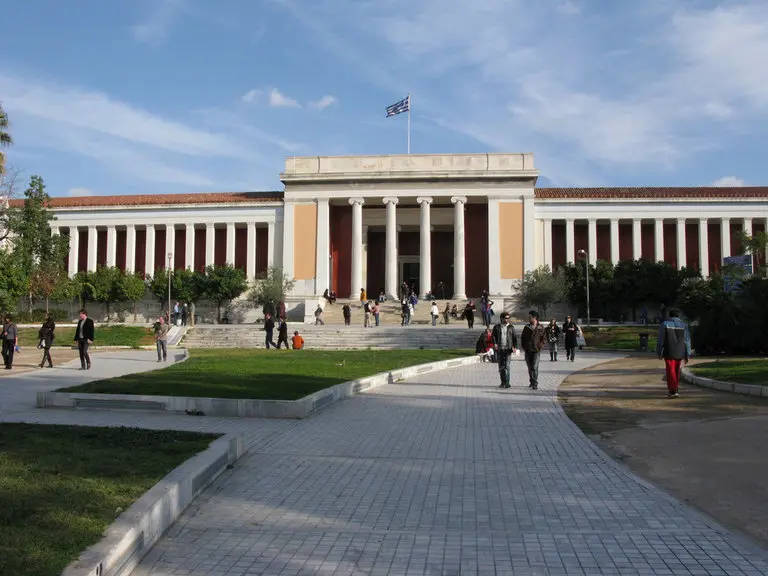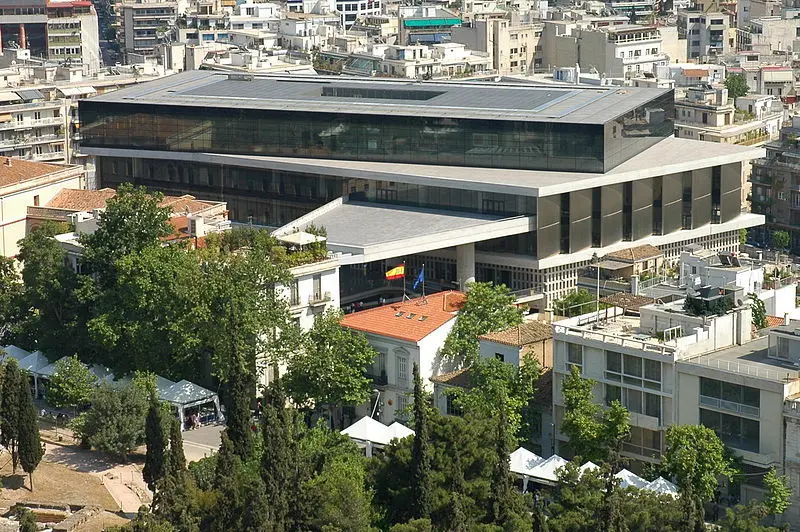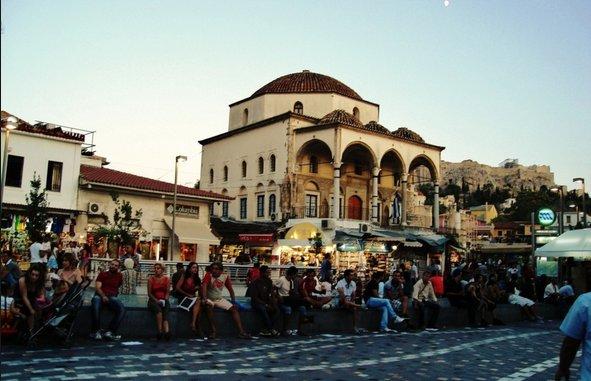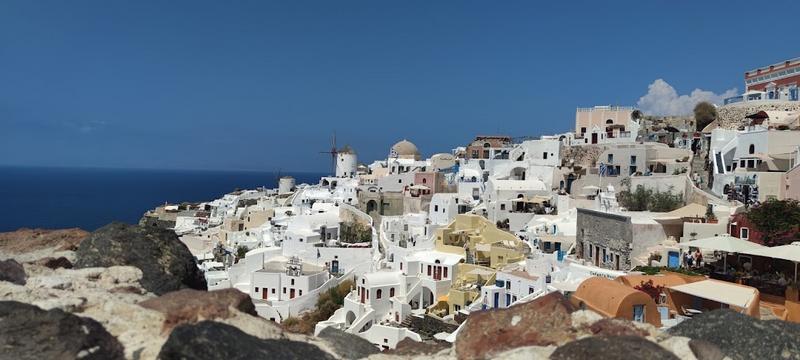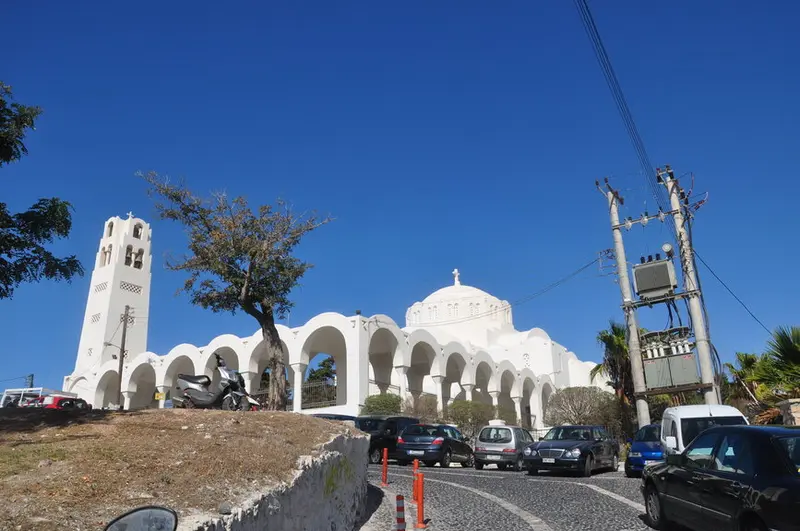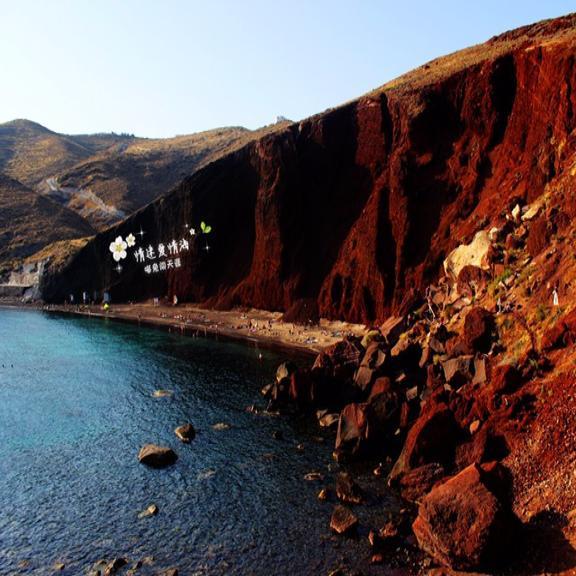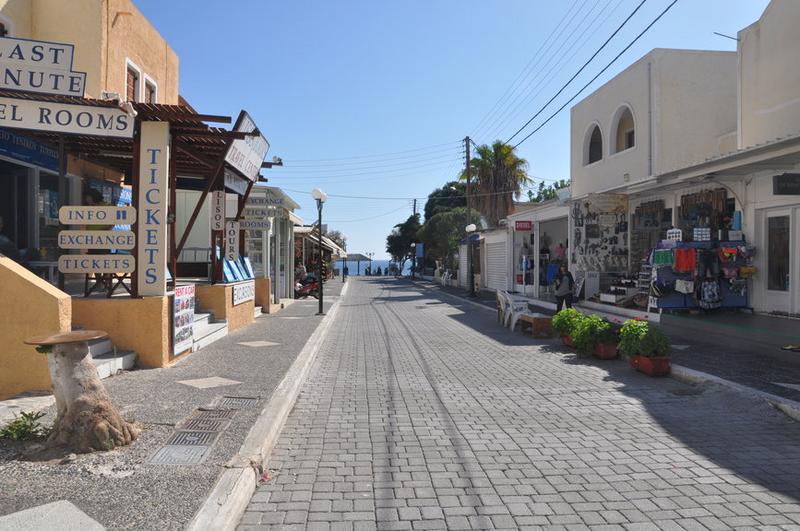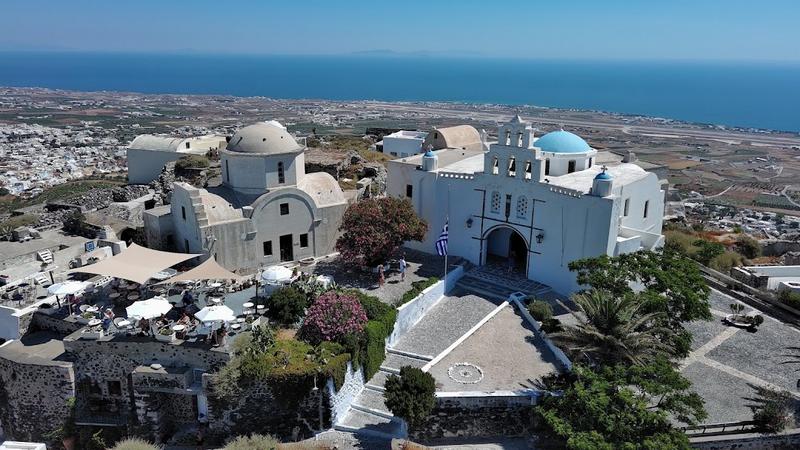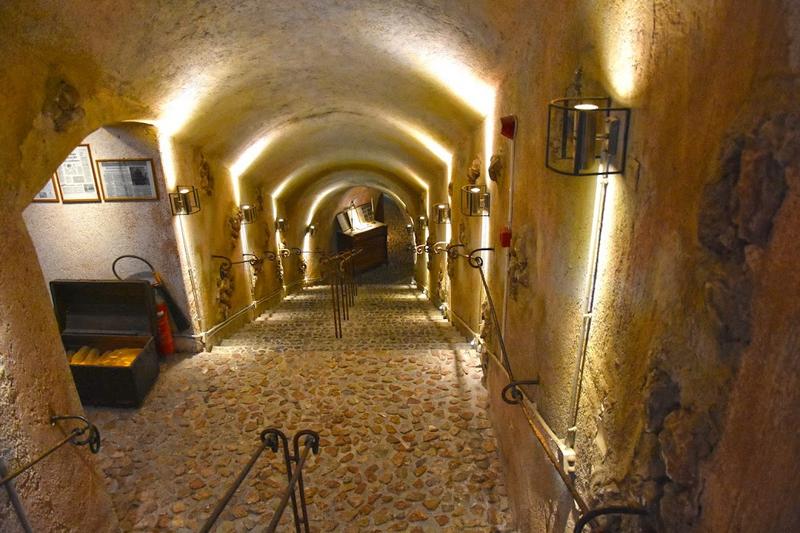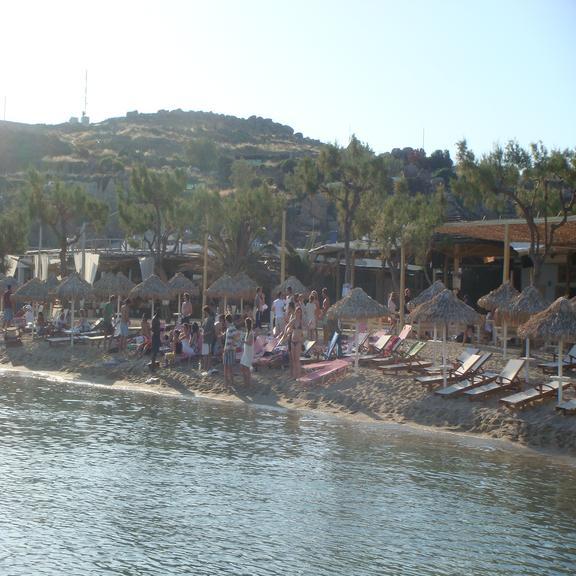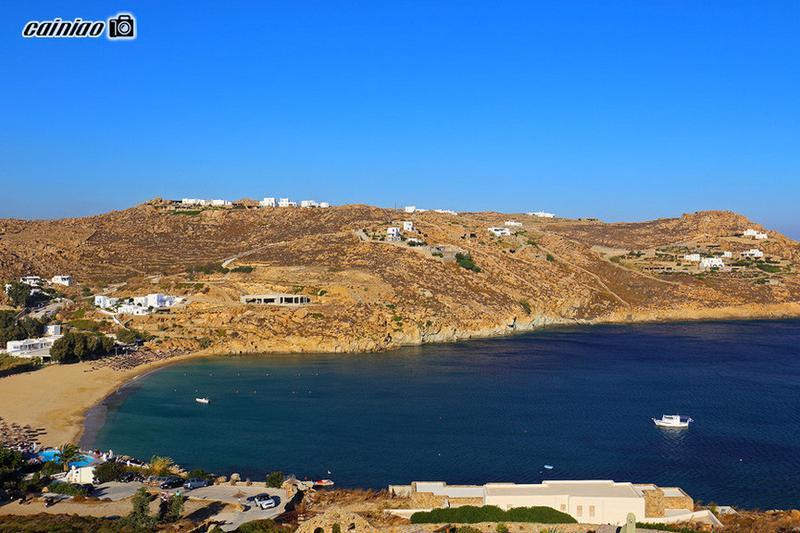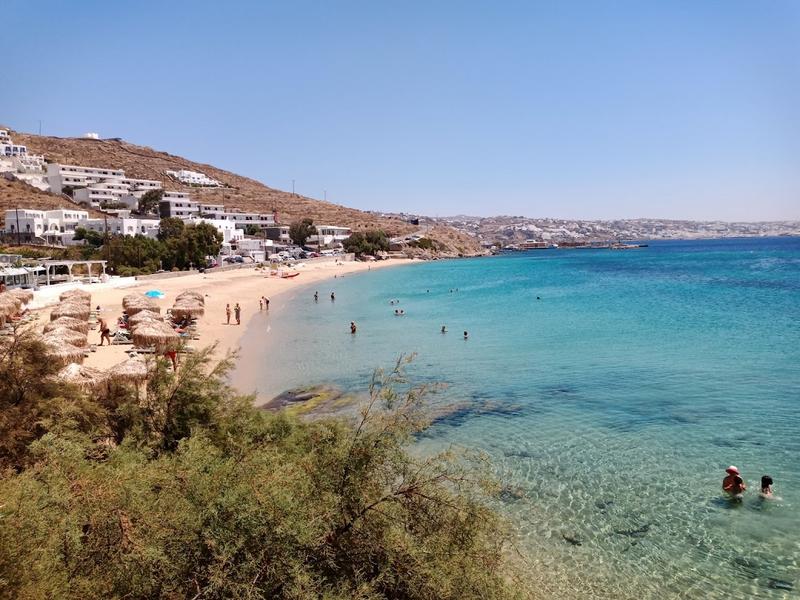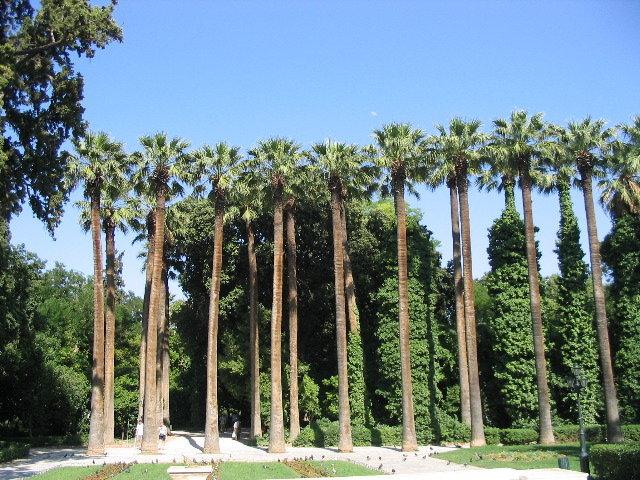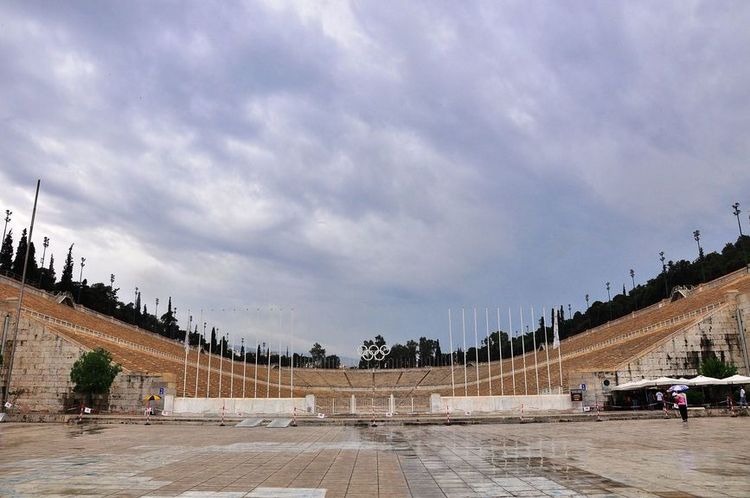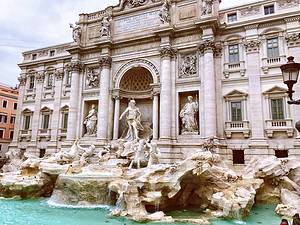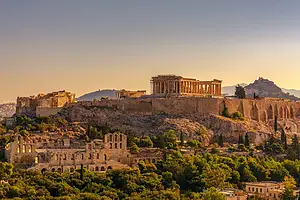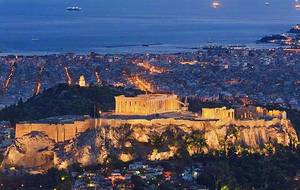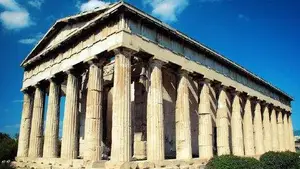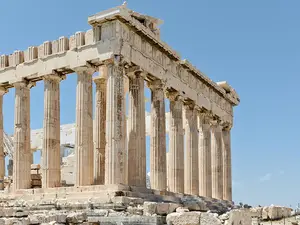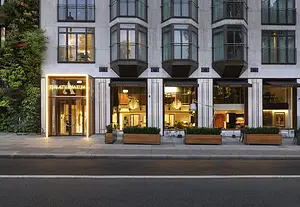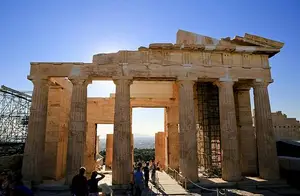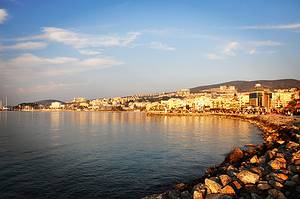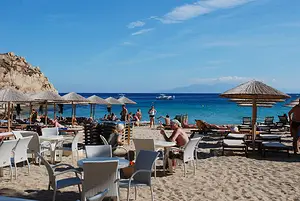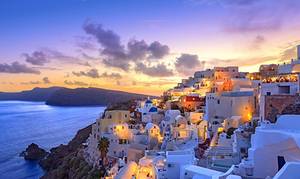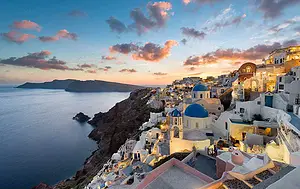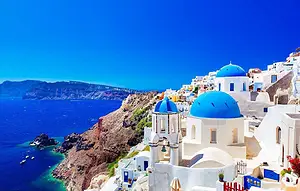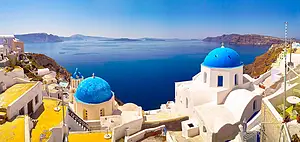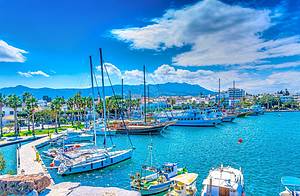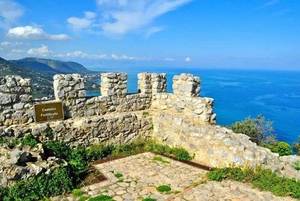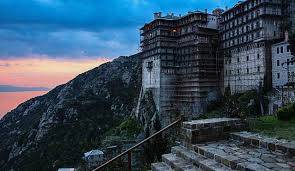7 Days in Greece: Athens, Santorini, Mykonos [Greece Itinerary Guide
3 cities |
21 attraction(s) |
total distance 548
km
 TIPS
TIPS
Day1
Day2
Day3
Day4
Day5
Day6
Day7
Day1: Athens
4 attraction(s) ·
2 km
1
The Acropolis of Athens is Greece's most outstanding ancient architecture group, built in 580 BC and located on the Acropolis hill in the center of Athens. The ancient city covers an area of 4 square kilometers and is protected by strong city walls. The Acropolis was the center of religion and politics, and its buildings include the Temple of Athena, the Temple of Poseidon, and the Temple of Erechtheion, reflecting the culmination of ancient Greek architecture and sculpture. The buildings within the Acropolis, such as the front gate, mountain gate, Temple of Athena Victory, and Temple of Artemis, contain the essence of ancient Greek civilization. The Temple of Poseidon is the most famous building and one of the Seven Wonders of the Ancient World, originally a temple of primitive religion. The Acropolis Museum has a rich collection and preserves all the artifacts unearthed on the Acropolis, providing valuable materials for the study and development of ancient Greek sculpture. The Acropolis of Athens was a refuge for citizens during wartime in ancient Greece, protected by strong walls and surrounded by cliffs on the east, south, and north. Today, the Acropolis of Athens attracts countless visitors to admire this pinnacle of architectural art.
1
km
2
Walking into the entrance of the Acropolis of Athens, visitors will come to the Propylaea and, looking to the right, will see the famous Temple of Olympian Zeus. The temple, built of white marble, is 70 meters long, 31 meters wide, and 10 meters tall, and features beautiful carvings of Greek mythology on its roof and walls. In ancient times, the temple housed a gold and ivory statue of Athena, the patron goddess of Athens, but unfortunately they are now only a memory. Apart from its grand appearance, the temple is also a great example of classical architecture and proportion. However, the great building suffered many losses in the course of history, with many exquisitely crafted sculptures stolen and the temple itself damaged when Turkey occupied Greece.
1
km
3
This is the square of the Greek Parliament building, which is the gathering place for various political processions. The unnamed martyrs' tombstone below is guarded by two soldiers in traditional Greek costumes. They perform a changing of the guard ceremony every hour, which is also one of the most popular photo spots for tourists.
1
km
4
Day2: Athens
3 attraction(s) ·
4 km
1
The National Archaeological Museum is one of the largest and most precious ancient artifact museums in Athens, providing visitors with an opportunity to deeply understand ancient Greek history and culture. Although the appearance of the museum is unassuming and the interior decoration is relatively simple, it is renowned for its priceless collection of artifacts. Nearly 20,000 precious artifacts, such as the golden mask of Agamemnon, the bronze statue of the sea god Poseidon, and the mural of the boxing boy, are carefully displayed in fifty exhibition rooms on two floors. In addition to admiring the precious artifacts, visitors also have the chance to learn about Greek history, art, and culture. If time is limited, it is recommended to select the main exhibits to ensure that you see the most brilliant treasures of the museum.
3
km
2
The New Acropolis Museum opened in 2007 with a highly modern architectural style, occupying an area ten times larger than the old museum. Utilizing transparent floors, the museum showcases the ancient city's ruins clearly while reducing energy consumption. The collection includes all the artifacts from the old museum and items from various parts of Greece, including the relief sculpture of Athena Nike and the female statue column from the Temple of Erechtheion. Notably, the new museum is equipped with modern facilities to protect marble carvings, providing a basis for Greece to reclaim looted cultural relics.
1
km
3
Monastiraki is located in the historic old town of Athens, Greece, and is one of the main shopping areas and tourist attractions in the city. The area is home to boutique clothing stores, souvenir shops, and specialty stores. The district is named after the Pantánassa Monastery Church on the square, which is also the central area of the neighborhood. The main streets in the area are Panos and Adrianou Streets, which have many shops and attractions worth visiting. The Monastiraki metro station is located on the square and is shared by both Line 1 and Line 3 of the Athens Metro, providing convenient access to the area and surrounding areas for tourists.
Day3: Santorini
3 attraction(s) ·
16 km
2
Fira Town is a small town located on the edge of a volcano, 400 meters above sea level, on the west side of the island of Santorini, Greece. Like other small towns, it also has beautiful white houses and many shops, hotels, and restaurants. Here, you can easily find banks, buses, and taxis, and it is also the capital and one of the busiest towns of Santorini Island. Fira Town has the most charming sea views on the island and is also one of the best places to view the volcano scenery. Many movies and TV works have also been filmed here, such as "Tomb Raider 2".
9
km
3
In the south of Santorini, there is a beach known as a myth-like red sand beach. It is named after its fine red sand and adjacent cliffs. Tourists can enjoy activities such as sunbathing, swimming, and beach volleyball on the red sand beach. In addition, there are many bikini-clad beauties and surfers spending their vacations here. It is both vibrant and charmingly alluring.
Day4: Santorini
3 attraction(s) ·
6 km
1
The black sand in Santorini is made of volcanic magma. Kamari Beach is the perfect place to swim, with crystal clear waters and beauty benefits. However, it should be noted that the beach is rocky and not ideal for walking. The real highlight of the area is the nightlife. Kamari Beach becomes a bustling area at night, with many bars and restaurants offering live music, dance floors, and big-screen TVs for watching sports.
4
km
3
Museum below ground in a cave focusing on regional winemaking history, with tours & tastings.
Day5: Mykonos
2 attraction(s) ·
5 km
1
Mikosno Island features prominent shops and restaurants, which are facing the sea and attract attention. Some of these shops are built in a Venetian style and even sit on water, hence their name.
5
km
2
The famous naturist beach on the island was once a gay beach, but now it has become a public beach and a must-see for tourists.
Day6: Mykonos
3 attraction(s) ·
11 km
2
Rentable chairs & umbrellas line this beach for swimming & water sports, with nearby eateries.
3
km
3
Day7: Athens
3 attraction(s) ·
2 km
1
The National Garden, located adjacent to Constitution Square in Athens, is one of the few green leisure places in Athens, suitable for walking in its beautiful environment. It has abundant trees and various small animals. In the depths of the garden stands the impressive Zappeion Palace. This building has made contributions to Athens' Olympic bid and is now mainly used for various exhibitions.
1
km
2
On the evening of March 30, 2008, the Beijing Olympic Torch was handed over at the Panathenaic Stadium in Athens. This venue served as the main stadium for the first modern Olympic Games in 1896 and is located in Athens. The Panathenaic Stadium was built in 330 BC and is still in use today. In 142-143 AD, expensive and elegant marble seats were built, which led to the excavation of the quarry and became the "wonder of craftsmanship" praised by the great traveler Pausanias in his "Description of Greece". The Panathenaic Stadium is one of the very few sports venues in the world with marble seats that look like art pieces. The ancient Greeks were the first to use circular design in the construction of sports venues, which made the venue smooth, coherent and beautiful, while ensuring that athletes could prolong their runways without the influence of any acute angles. Spectators could also have a good view of the venue from any seat. Modern scholars believe that the builders of the Panathenaic Stadium must have been inspired by the ancient Greek amphitheaters. Modern sports venues have all been influenced by the Panathenaic Stadium, proving the principle that everything changes but the origin stays the same.
2
km
3
The view from the top of Athens is incredible, as if you are in a vast, snowy world. There are two ways to reach the summit: by cable car or on foot. We hope that everyone who comes to Athens can enjoy the sunset views and perhaps enjoy a drink at the top of the mountain. With a little time and effort, this experience will surely be fulfilling.
